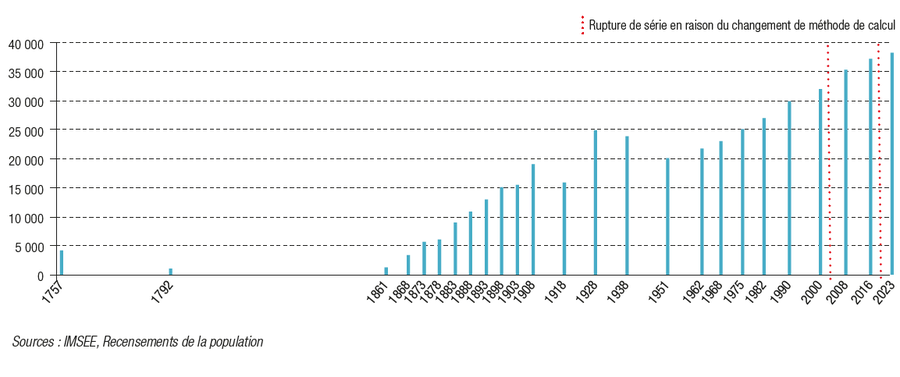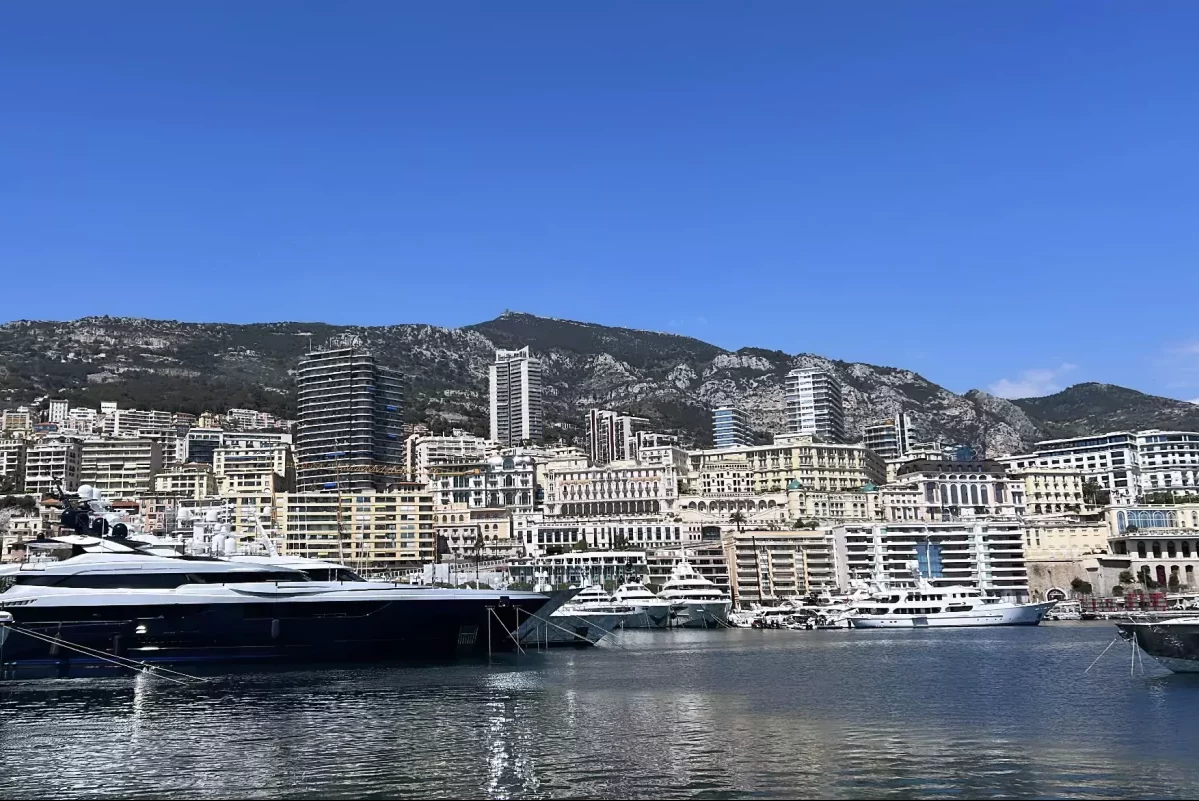The first results of Monaco’s 2023 Population Census are in, and they paint a picture of an increasingly multicultural and cosmopolitan Principality.
The Institut Monégasque de la Statistique et des Études Économiques, Monaco’s official statistical agency that is better known as IMSEE, has released the first set of data from its 2023 Population Census.
Typically held every eight years, this latest edition marks a new age of population data collection in Monaco thanks to the integration of a register-based method of calculation.
For the 2023 census, IMSEE drew on information collated by the Mairie de Monaco, which records the births, deaths and naturalisations of Monegasque nationals, as well as the Police Department for foreign residents over the age of 18 and the Department of Education, Youth and Sport for school age foreigners enrolled in Monaco’s public and private education systems.
According to IMSEE, the new method “will make it possible to find out the number of inhabitants and housing units, as well as their main characteristics, on an annual and permanent basis”.
“Indeed, it makes it possible to calculate changes in each of these data items every year, without having to carry out an exhaustive survey, which until now has taken place every eight years,” say IMSEE representatives.
Some 38,367 people were recorded as living in Monaco in 2023, an 2.8% increase on the numbers registered in the most recent census of 2016.
Monegasque nationals make up 23.9% of the Principality’s permanent population, equating to just under 9,200 individuals. In March, an IMSEE report indicated that the global number of Monaco citizens now stands at 9,790.
See more: Population of Monegasques nears 10,000-mark
Foreigners over the age of 18 account for 64.6% of Monaco’s population, while foreign children enrolled at schools in the Principality represent 8.1%. Furthermore, 1.4% of the population is made up of children under the age of three, who have foreign born parents, but were born in Monaco.
The remaining 2% of the population has been attributed to foreign children who don’t attend school in Monaco, says IMSEE.
The publication of the recent census also provided an insight into Monaco’s evolving population over the years, from numbers gathered in a 1757 census to those of the modern day.

Read related:
Join the Monaco Life community – sign up for the Monaco Life newsletter, follow our Podcasts on Spotify, and check us out on Threads, Facebook, Instagram, LinkedIn and Tik Tok.
Photo by Monaco Life
